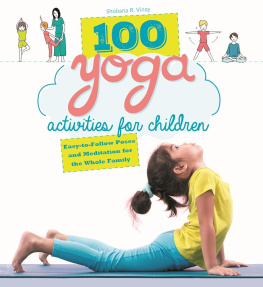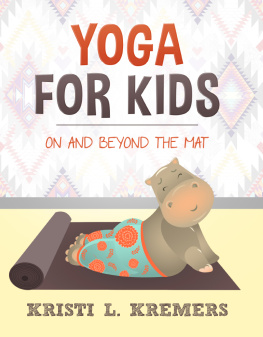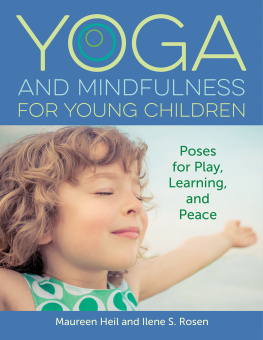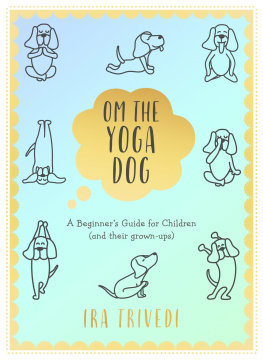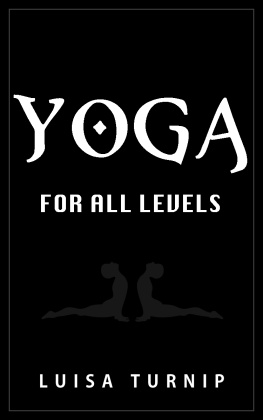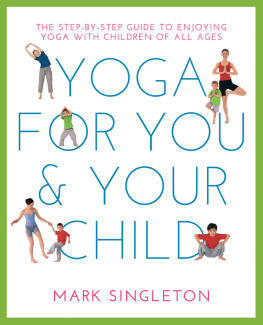Copyright 2015 Mango, an imprint of Fleurus ditions, Paris
English-language translation 2017 by Skyhorse Publishing, Inc.
All rights reserved. No part of this book may be reproduced in any manner without the express written consent of the publisher, except in the case of brief excerpts in critical reviews or articles. All inquiries should be addressed to Skyhorse Publishing, 307 West 36 th Street, 11 th Floor, New York, NY 10018.
First United States printing 2017 by Skyhorse Publishing
Skyhorse Publishing books may be purchased in bulk at special discounts for sales promotion, corporate gifts, fund-raising, or educational purposes. Special editions can also be created to specifications. For details, contact the Special Sales Department, Skyhorse Publishing, 307 West 36 th Street, 11 th Floor, New York, NY 10018 or .
Skyhorse and Skyhorse Publishing are registered trademarks of Skyhorse Publishing, Inc., a Delaware corporation.
Visit our website at www.skyhorsepublishing.com.
10 9 8 7 6 5 4 3 2 1
Translation by Franois Gramet
Interior photography iStockphoto
Illustrations by Oreli Gouel
Print ISBN: 978-1-5107-1959-0
Ebook ISBN: 978-1-5107-1960-6
Previous ISBN: 978-2-317-01749-0
Printed in China
Introduction
Y oga is an ancient Indian practice that was introduced to western culture during the late nineteenth century. Through controlled breathing and various simple or complex postures, yoga improves flexibility, releases mental and physical tensions, and boosts energy. Thousands of years ago, the yogis who developed asanas (poses) were living in close contact with nature, from which they drew most of the postures names: swans grace pose, tree pose
It is generally accepted that children are master imitators; they will gladly join you in a yoga practice.
Starting yoga early provides a practice of lifelong discipline and an array of health benefits. Physically, yoga develops self-awareness through flexibility, strength, and coordination between body and mind.
Yoga also develops concentration, appeasement, and relaxation. Children are so flexible and have such a good sense of balance that they actually can get into poses much more easily than adults. Most of them are receptive to yoga; they might just need a little encouragement at first!
In their everyday lives, children today are often not very close to nature. They experience different types of stress caused by the demands of numerous activities. They evolve in a world fraught with competition, social media, new technologies, and a sense of urgency. Many sensorial stimuli are constantly bombarding their brains, which consequently process a heavy load of information without getting enough rest.
Even very early on in life, learning to breathe and to center our attention through meditation are excellent ways to empty our mind while at the same time expanding our mental capacity.
It is also generally accepted that children dont have a very long attention span. Paired with mudras simple, entertaining gestures that resemble mini-yoga poses for handsmeditation improves concentration. They also activate pressure points on hands or fingers to regulate the bodys five elements, which in turn helps children to rapidly find calm and assurance. Each mudra has specific results and healing powers.
In schools where meditation is taught, teachers have noticed a quantifiable improvement in their students work and behavior.
How to organize the sessions
To prepare the body, start with a warm-up exercise. Then quickly transition into a breathing exercise (with or without meditation or mudra). Continue with a sequence of several poses.
If the child asks, you can add yogic games and end by a complete body relaxation ().
The benefits of the poses can be divided into two main categories: mental and emotional needs and motor skills. Prepare your program by choosing poses whose specificity addresses the needs or wishes of your child.
Mental benefits
To release stress:
All the meditation poses: crocodile, happy baby, reclining hero, inverted triangle.
To improve concentration and balance:
Tree, mountain, warrior III, kite, inverted triangle, supported headstand, tree.
To stimulate memorization and dissipate fear or vertigo:
All head-down poses: supported headstand, half-supported headstand, downward-facing dog, difficult, brain yoga.
Physical benefits
All the beginner postures are accessible to younger children. The intermediate and advanced postures can be practiced once they reach five years of age. For the advanced poses (half-supported headstand, camel, etc.), it is imperative that a parent be present.
Poses can be practiced in sequence. Offer to practice variations one after the other. From a forward, backward, or sideways bend, the child can go into pendulum; from a forward bend, into triangle, arc, cobra, tortoise, moon arc, and plow.
Regarding twisting poses, there is fishsitting or lying variationsand inverted triangle.
For hip flexibility:
One-legged king pigeon, extended side angle, garland, sleeping Vishnu (side-reclining leg stretch), warrior I, II, and III.
For leg, ankle, and foot strength:
Chair, star, warrior I, II, and III, tree, kite, triangle, ferocious.
For arm, shoulder, wrist, and hand strength:
Upward plank (or toboggan), plank, tabletop, staff, wheel, upward-facing dog.
For the digestive system and abs:
Diamond, bow, child, locust, half-boat.
Fun and playful postures:
Cat (meowing), cow (mooing), lion (roaring), cobra (hissing), bow (foot by the ear, like a telephone), frog, upward plank (or toboggan), plank (ball running down the back), kite (pretend flight), chair (Kangaroo jumps), tiger, upward-facing dog, table.
To easily find each activity, please refer to the alphabetical index on the back flap of this volume.

Meditation and relaxation
I n order to meditate and be relaxed, one has to concentrate and breathe properly. The first sessions detailed within this book deal with meditation, which implies concentrationtoo abstract a notion for young children. To help them concentrate and reach relaxation, we will therefore use touch meditation that calls on their sense of touch.
Through meditation, your child also develops a breathing practice. In an effort to maintain their attention, the posture explanations are rather playful and refer to animals or nature to speak to the younger group.
The flexibility exercises prepare the body for yoga postures, with simple poses working on the neck, arm, legs, and knee muscles or joints.
Because they link concentration and breathing, mudras (gesture in Sanskrit) look like hand yoga. They balance the body, which is composedjust like the universeof five elements. Each finger is associated with one part of the body: the thumb corresponds to fire; the index to air; the middle finder to space; the ring finger to earth; and the pinkie to water. In the same way, by stimulating the reflexive zones, each zone of the palm and of each finger interacts with a part or organ of the body.
Summary
Yoga
T his section provides a step-by-step description of the main yoga postures as well as more advanced posesface, eyes, brain yogaand yogic games. The standing, sitting, and lying postures are analyzed elsewhere in this volume. When you prepare your yoga session plan, combine the ideas from each section (see ) to maximize your childs yogic experience and its subsequent benefits.

